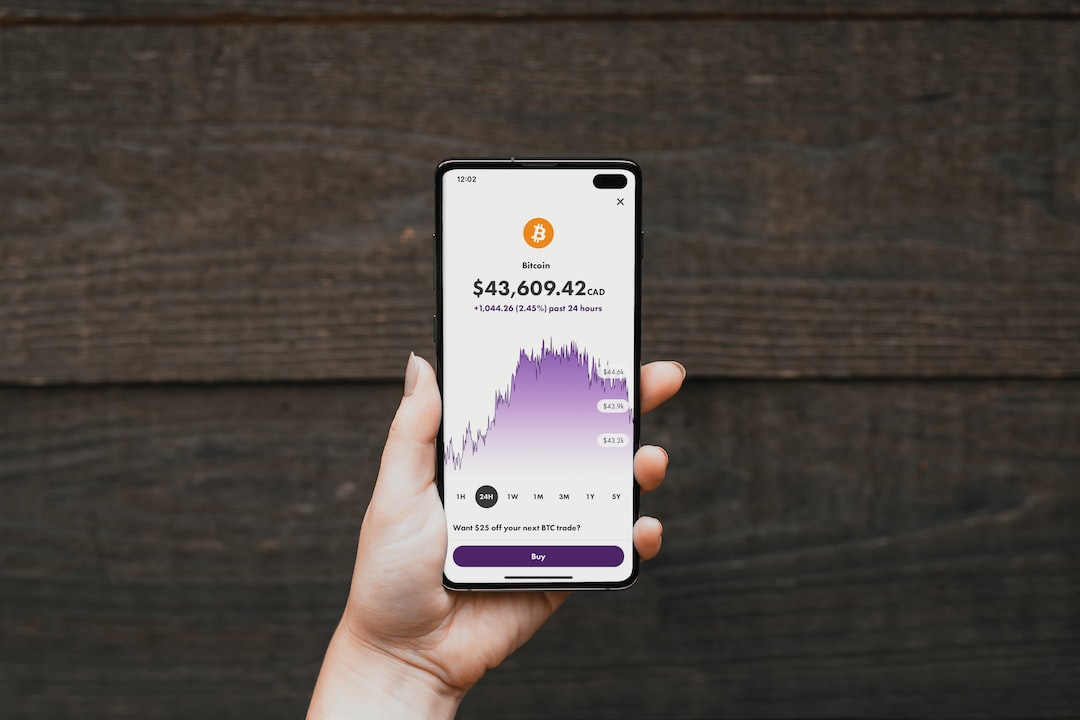Forex interface is a software platform that allows traders to execute trades, manage positions, and analyze market data. It is a crucial tool for forex traders as it provides access to real-time market information, trading strategies, and technical analysis tools. In this article, we will explore how to use forex interface to trade effectively in the forex market.
Getting Started
The first step in using a forex interface is to open an account with a forex broker. The process usually involves completing an online application form and providing some personal and financial information. Once your account is approved, you can fund it using various payment methods such as bank transfers, credit/debit cards, and e-wallets. Once you have deposited funds, you can log in to the forex interface and start trading.
Navigating the Interface
The forex interface is usually divided into several sections, each with its own set of functions. The primary sections include the trading platform, charting tools, news feed, and account management. The trading platform is where you execute trades and manage your positions. The charting tools allow you to analyze market data and identify trading opportunities. The news feed provides real-time market news and economic data that can impact the forex market. The account management section allows you to manage your account settings, view your trading history, and withdraw funds.
Placing Trades
To place a trade, you need to select the currency pair you want to trade, choose the trade size, and decide whether you want to buy or sell. Once you have made your decision, you can enter the trade by clicking the “buy” or “sell” button. The trade will then appear in your trading platform, and you can monitor its progress using the various tools available.
Managing Positions
Once you have opened a trade, you need to manage it by monitoring its progress and making necessary adjustments. You can set stop-loss and take-profit levels to limit your risk and lock in profits. You can also modify your trade by adding or removing positions, changing the trade size, or closing the trade altogether.
Analyzing Market Data
To make informed trading decisions, you need to analyze market data using the charting tools provided in the forex interface. You can use technical analysis tools such as trend lines, moving averages, and oscillators to identify trading opportunities. You can also use fundamental analysis by following economic news releases and analyzing their impact on the forex market.
Risk Management
Forex trading involves a significant amount of risk, and it is essential to manage your risk effectively. You can do this by setting stop-loss levels to limit your losses, diversifying your trades, and using leverage wisely. It is also important to have a trading plan and stick to it, avoiding impulsive trades based on emotions.
Conclusion
The forex interface is a powerful tool that allows traders to access real-time market information, execute trades, and manage positions. By understanding how to use the various sections of the interface, traders can make informed trading decisions and manage their risk effectively. However, it is essential to have a trading plan, follow risk management principles, and stay disciplined to succeed in the forex market.





